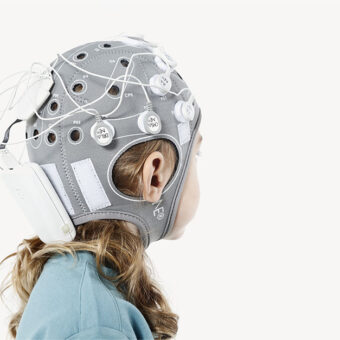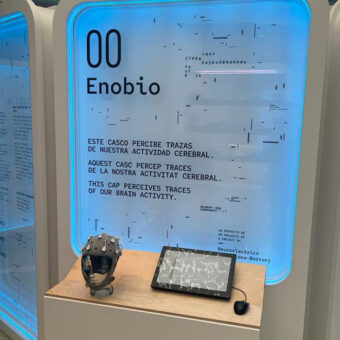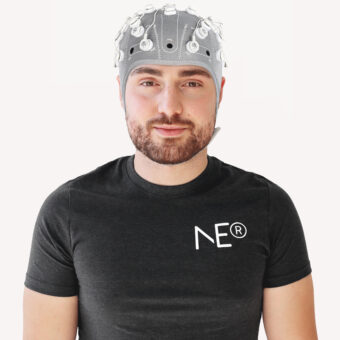Recording a EEG signal can be tricky. Many conditions, internal and external, can affect the signal that you want to obtain. The quality of the sensor, the correct placement of the electrodes, the appearance of interferences, or many other issues can modify the fidelity of the signal you finally record.
In his last post, Dr. Riera already talked about the nature of artefacts and how to deal with them once they are present in your signal. But today I want to take one step back on the process and talk about detecting artefacts rather than dealing with them. Moreover, I don’t intend to focus only on the detection of artefacts in the signal, but I want to discuss how to globally measure the quality of an EEG signal.
Apart from the aforementioned artefacts, the quality of the EEG can be affected by other factors. A wrong contact between the scalp and the electrode is usually the source of a bad EEG signal. If you’re using wet electrodes and apply contact gel, the temperature of the gel until it stabilises will affect the signal. Also movements can make electrodes move and insert some noise in the signal.
Therefore, we need to be able to measure the quality of the signal and detect ‘on the fly’ if this quality gets affected. Note that today we don’t intend to be able to detect and deal with it after the recording has been made. We want markers that can be automatically (ie. methodologically) calculated. This way, quality measures can be implemented in automatic processes (like on-line EEG applications) or serve as an aid to manual visual inspection. Moreover we would like, if possible, to detect the source of the issue affecting the quality and to be able to correct or deal with it.
Among the different markers or features suggested to monitor the EEG signal quality, I will explain the ones that I usually find more useful, and the problems you can correlate them with. Some of them are already implemented on some EEG software packages or can be easily implemented with them.
- Offset of the signal: At which potential is the signal centred? A high offset of a channel usually means that this electrode has bad contact with the skin, or that the references have bad contact. An easy way to compute the offset of the signal is to compute the average value of the signal.
- Drift of the signal: Is the signal drifting? A constant change of potential, or drift, may be caused by bad contact, or by the gel not yet being stable.
- Unusual activity on the [0-1Hz] band: An occasional appearance of components on the [0-1Hz] band may be the result of Eye movements activity or blinks. This is usually reflected on a high standard deviation (STD) on the power of those bands.
- Unusual activity of the 50Hz/60Hz band: Analogously to the previous item, if the STD on the 50Hz (Europe) or 60Hz (US) band indicates a high interference from the power line, this may be caused by the excess presence of external equipment on the premises or a bad contact of the references.
- High amplitude of the 50Hz/60Hz band: Another good way to detect a problem with the power line or a band contact of the references is if the amplitude on the [49-51Hz] (or [59-61Hz] in the US) bands is significally higher than in the rest of the bands.
- Kurtosis or Skewness: Does the signal have a high kurtosis or skewness? EEG is considered to have a gaussian distribution. Kurtosis and skewness are commonly used as gaussianity measures.
Those are the indicators I usually use to automatically asses the EEG quality. Do you have any experience with EEG quality? What are the indicators that work best for you?




